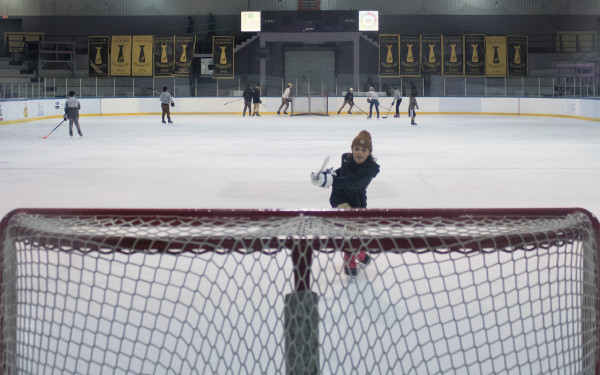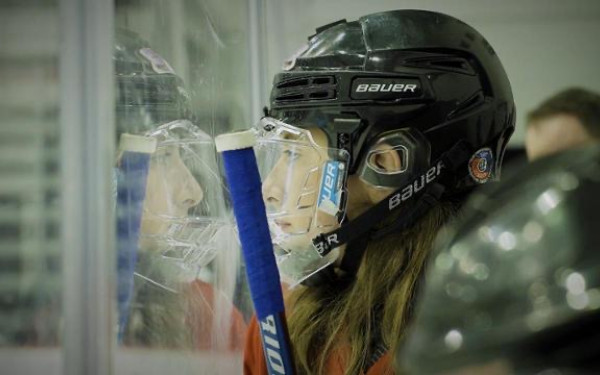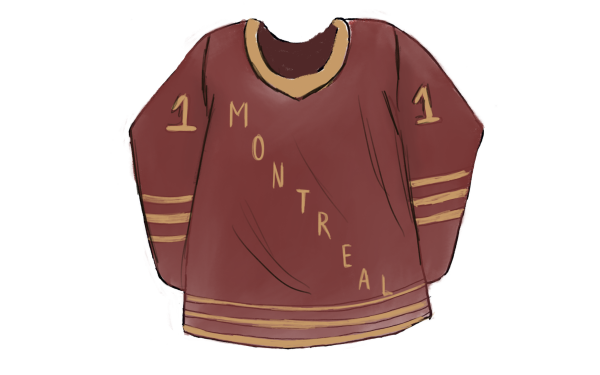Hockey’s financial gatekeeping
Canada’s national winter sport remains largely unaffordable to low-income families
Last year saw promising strides towards making hockey accessible to a wider range of players. Notably, the inaugural season of the Professional Women’s Hockey League is proving to the next generation of women that they can become professional hockey players too. Additionally, pushback from NHL players against the league’s ban on themed jerseys is showing that hockey may be on track towards a more inclusive culture.
Despite racism, sexism and homophobia being rampant in the sport, another massive hurdle that direly needs to be addressed is hockey’s inaccessibility to kids from working-class families.
Ice hockey was determined to be the most expensive youth sport, above skiing and snowboarding, according to data from the Aspen Institute’s Project Play and the Utah State University 2019 Youth Sport Survey. In one year, a family is expected to spend an average of $2,583 USD on equipment, travel, registration fees, camps and lessons.
With the average income in Canada reaching $50,500 in 2019, the cost of playing can be a major deterrent for families to register their children in hockey. A 2015 Project Play report, cited in 2023 research by Dr. Teresa Anne Fowler, assistant professor at Concordia University of Edmonton, named household income as the leading contributor to participation in organized sport.
Moreover, Fowler’s research emphasized that hockey has steered away from amateurism towards professionalism, driven by a culture of accumulating gold medals and international recognition. This elitism only exacerbates expenses and renders high-level hockey utterly inaccessible for children whose parents cannot invest every cent and second into potential hockey careers.
Today, aiming to be part of the 0.001 per cent of young players who will make it to the NHL automatically requires major financial investments and sacrifices from families. More professional hockey players than ever before have received specialized training in hockey academies and private schools which can cost tens of thousands of dollars.
Technological advances in hockey are also to blame for hockey’s unaffordability. In an interview with the New York Times, Joe Thornton, a former NHL player, confided that, had he started hockey today, it would have been inaccessible for him and his parents. He highlighted that, back then, $12 wooden sticks were the norm while currently, composite sticks cost upwards of $100 and are seen as a necessity.
“It is commonly accepted that the cost of hockey is beyond many families,” Fowler highlighted, which is apparent when considering financial assistance programs, like Jumpstart and the Hockey Canada Assist Fund. But Fowler added that these programs do not address the elitism born out of the exclusiveness of hockey.
Beyond class status, hockey is also often reserved to white, cisgender and heteronormative male players. Hockey’s history is plagued with racism and sexism, which is intrinsically tied to Canada’s colonialism and nationalism.
Hockey’s development alongside Canada as it became an independent nation after colonization meant the sport “internalized what it meant to build a nation: a need to be strong, masculine, and white,” stated Fowler.
Today, this culture of toughness lingers and continues to exclude potential players based on race, gender and class.
Even without aiming to go pro, playing hockey can offer a wealth of benefits for young minds: healthy living habits, a sense of place, increased self-esteem, confidence, teamwork, and communication skills, as well as improved mental well-being. However, gatekeeping hockey to a very select demographic only promises the perpetuation of a dangerous elitist culture, and not the inclusive culture that is only just bourgeoning.
Canada boasts itself as an inclusive and equal nation, but its own national winter sport often fails to represent these values. Granted, steps are made towards achieving equality, but currently, not every kid has a shot at playing hockey, sometimes purely based on their parents’ income.


_600_832_s.png)




_600_375_90_s_c1.jpg)